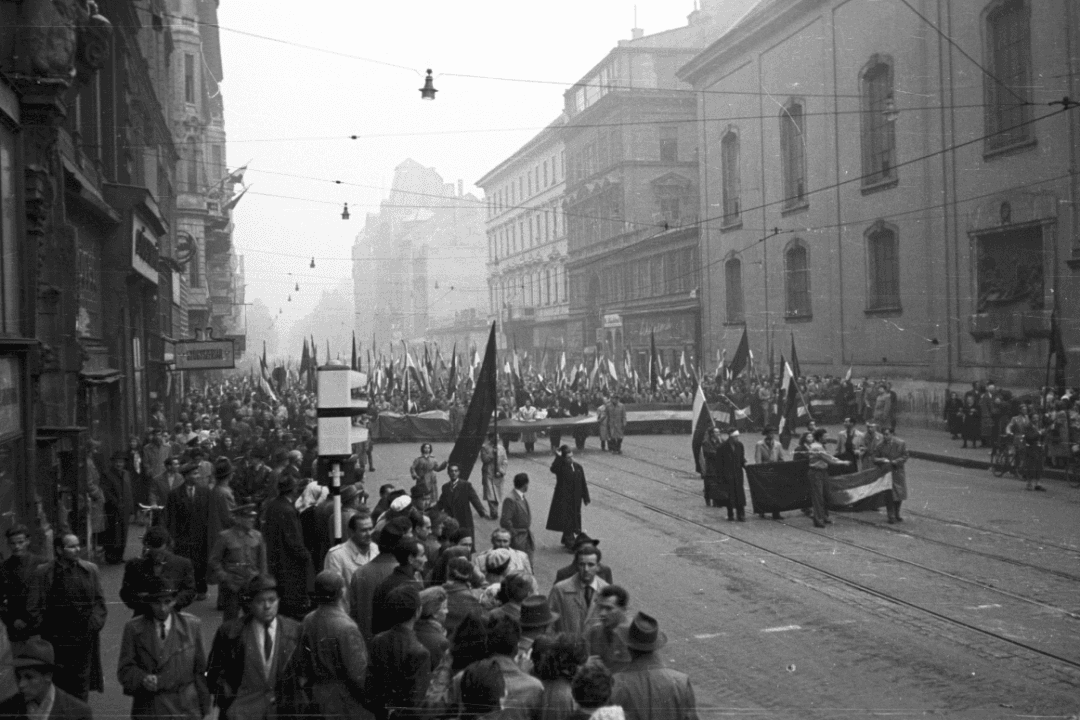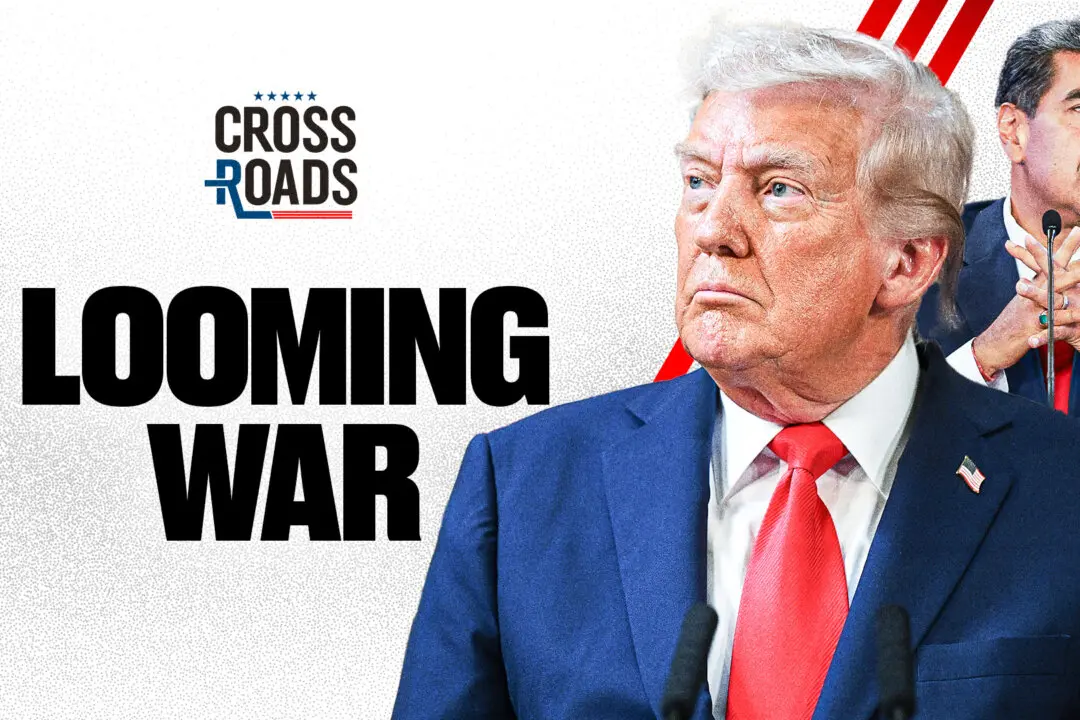A revolt began in 1956 against the communist dictatorship in Hungary, and as freedom fighters held off the Soviet army, hundreds of thousands of men, women, and children poured across the border to freedom. The Soviet tanks would retake the country, but the example of the brief Hungarian revolt swept the world and united people in hope against tyranny.
Stories reached free Europe and the United States of the freedom fighters who tore the communist emblems from their coats, overthrew the Hungarian communist regime, and who would now hold off the Soviet forces for 10 days while people rushed to the borders to escape.





